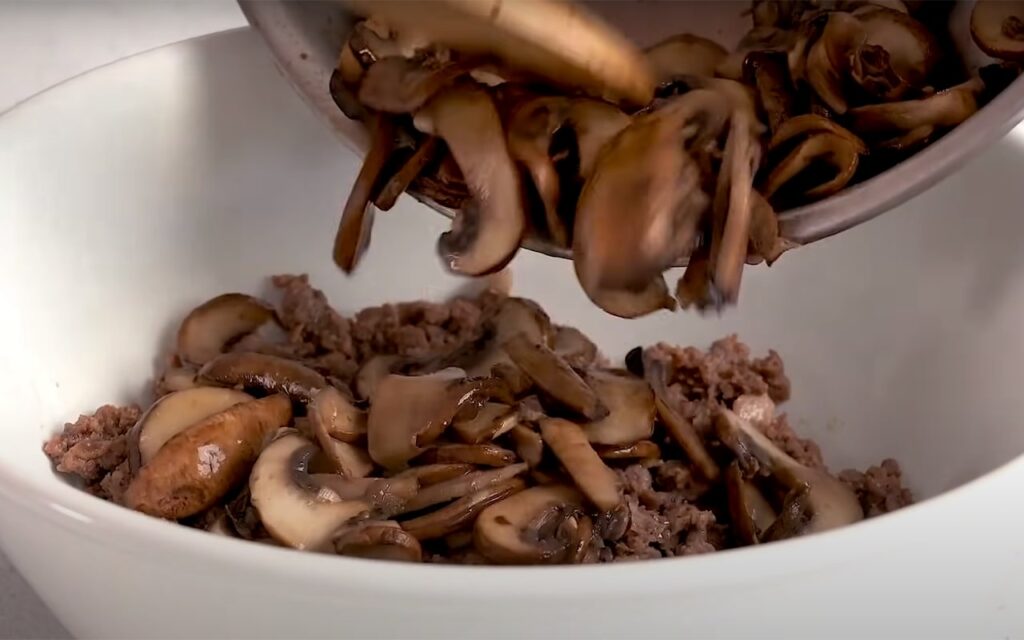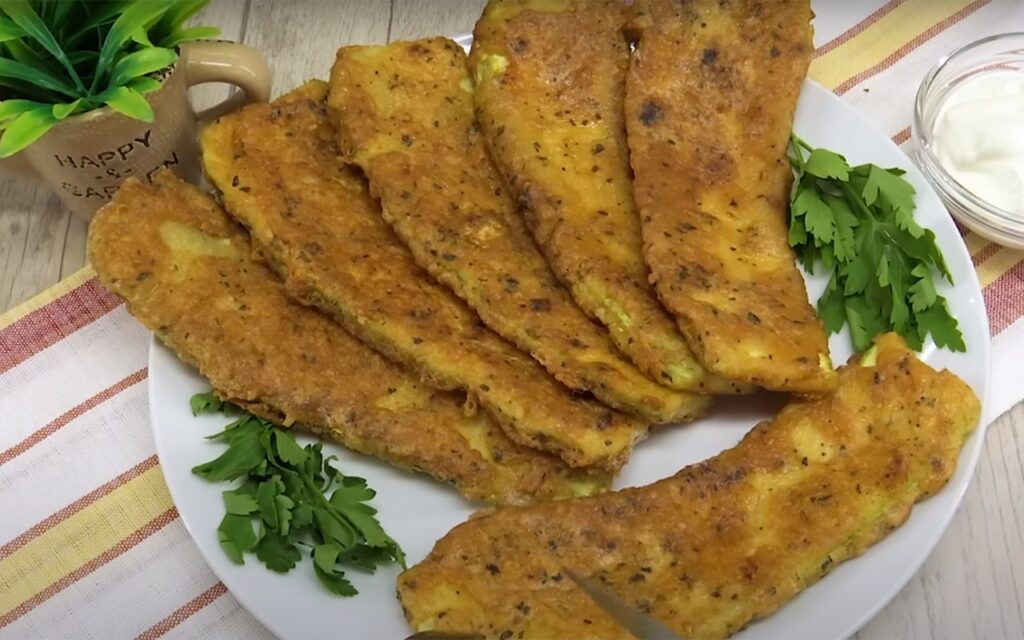Eating Healthy On A Tight Budget: The cost of buying groceries every week used to stress me out. I knew that eating healthier meant spending a little more on food. I felt terrific while shopping for healthy ingredients to make meals for my family and me.
But then I would worry and feel guilty as I was getting home from the health food store with the amount on the receipt coming up over my head.
One of the biggest hurdles many people face when eating healthy is the cost. Buying all your groceries from a health food store can break the bank. Moreover, it can be impossible to find truly healthy foods that are up to your standards at your neighborhood supermarket though it is getting better and better every year.
Since many people like me do not have an unlimited grocery budget, I decided to share my top 9 strategies for saving money on healthy and whole foods.
Read More: 5 Best Food Processors to Satisfy All Budgets
Table of Contents
#1 Cook At Home(Eating Organic Food On A Budget)
How often have you opened the refrigerator to find that you have nothing to make for dinner? Perhaps you are hungry and do not have the patience or energy to make a healthy meal. So you go to a restaurant or order takeout. Are there any other options?
No doubt, cooking at home is not the most pleasant task if you are a busy person. However, it is much cheaper and healthier than dining out. Let’s admit that most, if not all, cafés and restaurants will stock the cheapest ingredients to gain a bigger margin for their business. Moreover, these cheapest ingredients are often not the best quality.
However, you can make a habit of cooking at home if you learn easy recipes. This habit will save you money because eating at home is usually 3–4 times cheaper than eating out. In addition, you will control the quality of ingredients and can cook healthy and tasty recipes. I vow it is not very difficult; some recipes can teach you to love cooking and to eat at home.
However, if you want to make your cooking experiences enjoyable and effortless, you may need to buy some additional kitchen equipment. For example, a good food processor will significantly help, especially if you have a big family. The food dehydrator will make the task very easy if you like doing conservation and dry food for later use or camping. If you are addicted to smoothies or shakes in the morning or after the workout, the blender is another necessary addition to your kitchen counter. And if you are a creative cooker, then a food spiralizer is another kitchen gadget you may consider.
#2 Plan Your Meals In Advance
Saving money takes planning, and that is especially important when it comes to buying groceries. Once you get used to cooking at home and test a few easy and healthy recipe ideas, you will be prepared to plan and shop for the week ahead. You can plan your meals for one week or up to a month in advance. Then ensure that you have your cupboards and pantry stocked with everything you need to make your meals.
Speaking of planning, do not go to the grocery store without a shopping list. If you do it, I may buy things you do not usually buy or do not need. Having a list will keep you focused and reduces impulse buys.
#3 Get A Warehouse Club Membership
If you do not already shop at a warehouse club like Costco or BJ’s, do yourself and your finances a favor and get a membership!
In Costco, you can save a ton of money on fresh and frozen organic produce and pantry staples like brown rice, quinoa, chia seeds, raw nuts, and almond milk. BJ’s is pretty much just like Costco, but with a much broader selection of organic products, grass-fed, and humanely raised meats. For example, you can get one-pound tubs of pre-washed, organic baby spinach, baby romaine, mixed greens, organic apples, oranges, strawberries, raspberries, peaches, plums, tomatoes, and potatoes.
You can also get tropical fruits like pineapples, mangoes, papayas, kiwifruit, bananas, avocados, and watermelon – all at much better prices than I would find at my local grocery store. They even have large bags of frozen, organic strawberries, cherries, and mixed berries.
You also get large bags of organic brown rice and organic quinoa and can often find large containers of chia seeds. Costco carries eco-friendly dishes and laundry detergents, while BJ’s has no suitable alternatives.
Costco and BJ’s require an annual membership to shop, but it is well worth the small yearly fee and pays for itself after just two or three visits. I recommend getting the upgraded Costco Executive or BJ’s Perks Rewards membership. The annual fee is double, but you earn cash back. That means several hundred dollars each year automatically deducted from my bill, on top of the savings you already receive as a member.
Pro Tip: Get a Costco Executive or BJ’s Perks Rewards membership and pay your grocery bill with a cashback credit card to score extra cash back. I do this to get a combined 3.5% cash back on all groceries I buy at BJ’s.
#4 Buy Frozen Fruits And Vegetables
I noticed many households do not even consider buying frozen fruits and vegetables even if they pass by the frozen products shelves every time they visit the supermarket. At the same time, frozen fruits and veggies are usually just as nutritious as fresh ones. They also are cheaper and available all the year around. While fresh fruits, berries, and veggies are not only more expensive than fresh produce but also available only a few months in a year during only harvest season.
The frozen produce will also be available all the time in a freezer, and you do not need to use it within a short time of buying. For example, frozen fruits and berries are great for smoothies or oatmeal toppings. In contrast, such veggies as green peas, broccoli, and cauliflower are great for any dish.
#5 Purchase Groceries Online
Although shopping for groceries online may seem weird, you will get used to it once you realize how much money I could save quickly. I recommend two places to shop online for groceries – Thrive Market and Amazon.com.
The Thrive Market usually all products about 35–40 % cheaper than your local health food store. They offer tons of organic, all-natural, and GMO-free products that you can typically only find at expensive health food stores but at wholesale prices. Moreover, you do not have to buy large quantities of products to get these savings.
Thrive Market does not sell fruits and veggies. However, they carry a good selection of healthy pantry staples like brown rice, quinoa, beans, nuts, seeds, spices, and many canned and boxed, minimally processed foods that make eating quick and quick and convenient. They also carry a wide selection of eco-friendly, non-toxic hair and body care products, household supplies, supplements, and even pet foods!
Thrive a Market is an excellent option for specific brands that you will find either too expensive at the grocery store or unavailable at warehouse clubs. In addition, you can save a lot on organic spices and sauces – two things that are expensive at health food stores and have limited availability at standard supermarkets.
Shipping is free on orders over $50, and if you sign up through one of the links on this page ( like that one), you will get an extra 20% off your first order! After that, there is a membership fee of under $60, but it pays for itself after just two or three orders. Plus, when you sign up, they donate a free membership to a low-income family!
Amazon.com has a vast selection of healthy, organic foods for sale from various brands. However, many of the specific products are only available by the case, or the shipping charges refute the money saved. Not everything has free shipping for Prime members, either. Either way, it is quick and easy to search for products you regularly buy to see if you could save money and get free shipping through Amazon.
#6 Buy Whole Foods
Suppose you get used to buying semi-processed food such as shredded cheese, refried beans, ready hummus, or guacamole. You probably never thought if you prepared such recipes yourself. It will be more affordable and healthier simply because it is cheaper to buy a block of cheese, avocadoes, and canned beans of garbanzo for those recipes. And if you own a food processor and get used to cooking at home, preparing these recipes will not take more than 10 minutes.
Buying ready cereals are also more expensive than whole grains such as oats or brown rice or nuts and raisins. Moreover, the unprocessed food is usually sold in bulk, so you can prepare more cereals saving even more money, and the saved money you can spend on better quality nutritious whole food. You also must remember that most stores place the whole food on the edges of the store while processed and unhealthy food in the center in front of your eyes encourages you to spend more money.
#7 Eating Organic Food On A Budget
Organic fruits and vegetables are expensive. However, you can save a lot of money by purchasing organic produce based on the Environmental Working Group’s “Dirty Dozen” and “Clean Fifteen” lists.
Fruits and vegetables with the potentially highest levels of pesticide residue (according to the EWG’s Dirty Dozen list) include strawberries, apples, stonefruit (peaches, plums, apricots, cherries), grapes, tomatoes, celery, bell peppers, cucumbers, and leafy greens. So you better buy organic versions of these foods.
However, the Clean Fifteen list includes avocado, mango, pineapple, bananas, papaya, melon, kiwifruit, grapefruit, cauliflower, eggplant, cabbage, and corn. These foods have been shown to have low or no pesticide residues, so you can save money by getting non-organic versions of these foods.
Here is another lifehack for you on how to get organic food cheaper. You can find organic food from some small local farmers, who grow it according to the organic standard but do not certify it because it involves extra expenses. If you go to the local Market and ask sellers how they grow their produce and if they use organic farming methods, you may learn a lot of helpful information.
#8 Buy On Sale and In Season
Unfortunately, coupon clipping is not an excellent money-saving option for those who primarily eat a whole foods diet because most Sunday papers and coupon flyers offer discounts for junk food.
However, keeping an eye out for fresh produce sales is a good idea. Follow your local grocery and health food stores on social media or sign up to receive sale announcements. That way, you will be the first to know if your favorite fruits or veggies will be discounted.
Seasonal produce, for example, strawberries and zucchini in summer or oranges and pomegranates in winter, tends to be less expensive. Plus, fruits and vegetables that are in season and grown locally are fresher and likely have higher nutrient levels.
When you do find a sale, buy extra. Buy as much as you can, and then freeze for later. For example, it makes much financial sense to buy a bunch of discount strawberries or kale when they are on sale and then freezes them for later use. While it makes your grocery bill a bit more when you purchase them, the savings are long-term when you do not have to buy them later when the price is higher.
#9 Replace Meat With Other Proteins
Another way to save money you spend on groceries is replacing the meat with protein such as legumes, beans, tofu, eggs, or fish. You can first introduce one or more days a week without meat or add another meatless day a week if you do not eat it every day.
All legumes and bean have a very long shelf life; they are inexpensive and contains a lot of protein. You can even make plant-based meatballs or meatloaf from legumes and beans. Plant-based meatballs have less saturated fat and decrease diabetes type 2 and heart disease risk. In addition, beans are rich in iron. For example, one can of the bean contains 15 g of protein, costing you less than $1. You can add more whole grains, rice, vegetables, or tofu to your standard meat recipes, so the meal will be filling but will contain less meat.
Finally, you can prepare some dishes with canned or frozen fish.
Final Thoughts
I hope these nine strategies for eating healthy on a budget help you out. I use all five of these. I cook at home daily, plan my meals in advance, and have a BJ membership and a Thrive Market account. I often buy frozen food, especially berries, for my smoothies and shop online for groceries. I also do not exclusively purchase certified organic food; I always look for fresh produce sales and know the local farmers who grow their produce using organic standards but are not licensed. I am also aware of seasonal food and recently refused the meat, and often imitate meat recipes using tofu, legumes, beans, and other substitutes. These tactics have dramatically reduced my spending on food.







